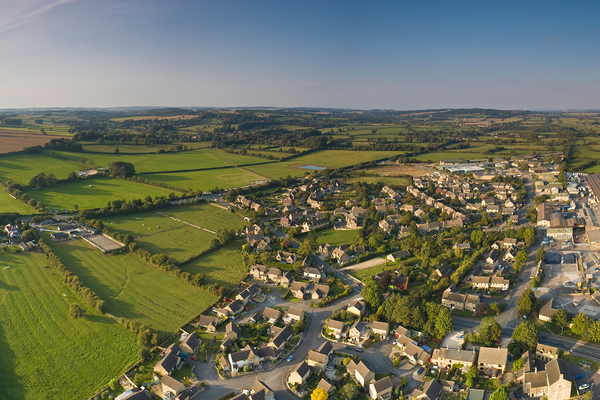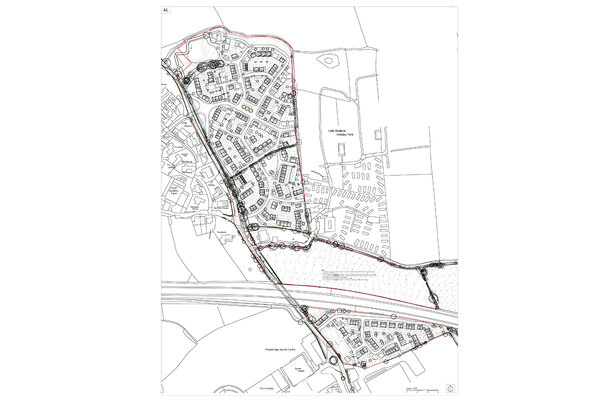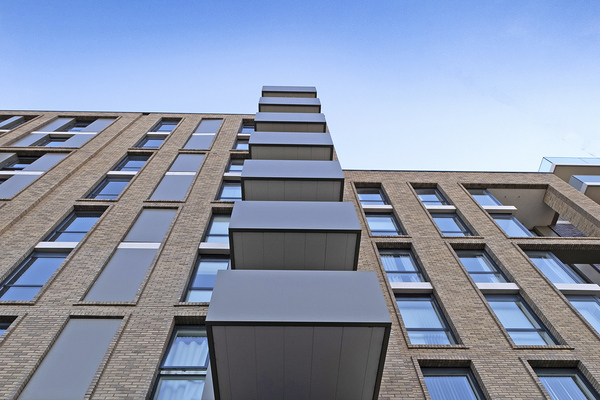You are viewing 1 of your 1 free articles
We need to get land into development at a lower price
As Oliver Letwin examines the gap between planning approvals and homes built, Mark Henderson suggests some ideas for reform
If we are to address the housing crisis with real solutions, we need to tackle the underlying causes.
Crucially, it’s not landowners, or developers, or local authorities we need to keep central to these conversations.
It’s the real people who will live in these homes – the real people who are waiting for change.
“Higher land prices lead to higher house prices.”
Getting land into development at a lower price has to remain at the core of any solution and the homeowners and renters of the future have to become the focus now.
Quite simply, higher land prices lead to higher house prices.
The average price of a house in the UK is now £224,000, according to Halifax, and this continues to climb.
The prospects for those looking to rent are equally bleak, with average private rental values 50% higher than in other similarly developed European countries.
Under current legislation, the value of land is calculated on its prospective use, rather than its existing state.
Landowners are able to demand large sums of money when selling, with few incentives to encourage actual development.
And in the event homes are eventually built, a huge portion of money generated goes back to the original owner.
In fact, independent thinktank Civitas reports that for every new home built in 2014/15, around £60,000 went to the landowner.
“In the event homes are eventually built, a huge portion of money generated goes back to the original owner.”
That’s money that isn’t reaching the local authorities who can start to unlock the scale of build we need to see.
Many prominent spokespeople – including shadow housing secretary John Healey and former Conservative planning minister Nick Boles – are calling for reform of the 1961 Land Compensation Act and specifically to change the prospective use value that landowners can charge for sites.
However, changing this legislation could take up to three years and is likely to cause a great deal of political headaches for the prime minister.
Even with Labour support in the Commons, it’s difficult to see any reforms to this legislation passing quickly through the Commons. This won’t be a quick fix.
In addition to the long game we must keep an eye on changes we can make which will lead to quicker benefits.
The government’s very recent announcements provide a great starting point on this.
A successful, thriving community needs effective roads, schools, hospitals and safe places for
children to play and grow up in.
It also needs strong local government that actively encourages additional development but can do so in a way which does not add too many pressures to existing communities. While these reforms will help, they simply aren’t likely to go far enough.
Developer contributions are a key way to help deliver the community benefits we need to make additional development a success. If we are to successfully build 300,000 new homes, we have to make sure that local communities recognise the value this can bring to their local area – getting the roads, schools, hospitals and green spaces right is an essential part of this.
“The solutions we devise must free up more funds to those who are best placed to make good use of it.”
Currently, both the Community Infrastructure Levy (CIL) and Section 106 contributions are agreed as part of the planning approval, with expected sales values a key part of the calculation. This leaves potential for a gap to emerge between what was anticipated at the start of development and what was received when these homes were sold.
If the CIL amount was amended to a headline percentage of achieved value (rather than the current method based upon expected sales figures), the likely result will be instantly more money available for the community infrastructure needed. Crucially, these contributions will be fair and proportionate – which matters to local authorities, developers and local communities.
What happens to land should matter to everyone and while the challenge of being able to purchase more sites to support development is crucial, the challenge of then being able to find the necessary money for the roads and schools needed to make a community viable is arguably a bigger one.
There is no question in my mind that the solutions we devise must free up more funds to those who are best placed to make good use of it.
Certainly the Land Compensation Act still needs reform, but to achieve the wholescale reform we want to see and at a good pace, this needs to be combined with effective short-term measures. For this to happen all relevant parties to the housing crisis need to engage in discussion.
We need to find the common ground and be bold with our decisions, with our current and future customers at the heart.
Mark Henderson, chief executive, Home Group











